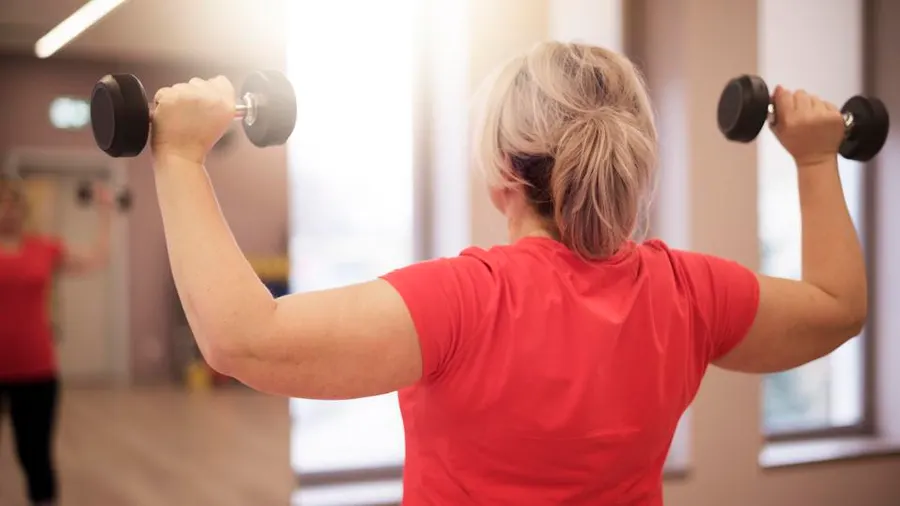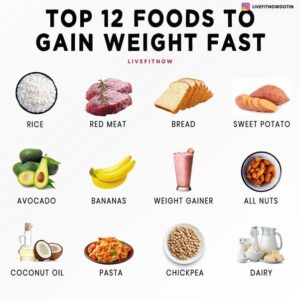
Does Lifting Weights Burn Fat in Arms?
Lifting weights is a form of resistance training that challenges your muscles against an external force to increase muscle mass, tone and endurance. It is also a proven way to burn calories during and after workouts.
Start with a weight that you can lift 12 to 15 times without feeling pain. For most people, one set of each exercise is just as effective as three sets.
Strength
Weight training — also known as resistance or barbell training — is a great way to build arm muscles, which can help reduce arm fat. To maximize your strength gains, lift a moderate amount of weight that allows you to perform the exercise for about 12 or 15 repetitions. This will fatigue the muscle but not cause any significant soreness. If you are new to resistance training, work with a physical therapist or trainer to learn proper form. This can help you avoid injury. Also, always warm up before lifting weights with five to 10 minutes of brisk walking or other aerobic activity.
Endurance
Regardless of whether you’re spending time in an expensive gym with a personal trainer or in front of the TV watching YouTube workout guides, endurance training can help you burn arm fat. This type of exercise requires you to perform activity for a longer period of time, such as swimming, jogging and dancing. It trains the aerobic energy system and can help you improve your overall health by lowering cholesterol, glucose and triglyceride levels.
Muscular endurance refers to the ability of your muscles to contract continuously without becoming fatigued. For example, if you’re able to lift a heavy weight repeatedly for an extended period of time, this is a sign of good muscular endurance. Aerobic endurance, on the other hand, is your body’s ability to perform prolonged activities at a high intensity without reaching a point of total exhaustion.
It takes consistent training and dedication to achieve a high level of endurance. As you increase the intensity of your exercises, it’s important to fuel your body properly so that you don’t reach muscle fatigue before your body is able to break down fat and sugar for energy. This means eating a balanced diet and drinking plenty of water.
Stamina
Stamina refers to the strength and energy you have to keep going, even when tired or facing other challenges. It’s a key quality in athletes whose sports require them to compete for long periods, such as soccer (football) players and runners. Stamina also refers to emotional and mental endurance. For example, someone who struggles to solve a tough puzzle but finally does so might be described as having emotional stamina.
You can build your stamina by working out to the point of fatigue. Choose a weight or resistance level that tire your muscles after about 12 to 15 repetitions of each exercise. If you find that you can do more repetitions, gradually increase the weight or resistance. Rest a full day between each muscle group to give them time to recover.
Eating a balanced combination of carbs and protein can help boost your stamina. Foods such as bananas, chicken, lean meat and eggs provide the fuel your body needs to sustain an intense workout and burn arm fat. Getting plenty of sleep can also improve your stamina and help you lose arm fat. * Results & health changes/improvements vary from person to person; please consult your doctor before making any changes to your diet or fitness routine.
Muscle Tone
While many people use weight training to reduce arm fat, the best way to lose that type of fat is to cut overall calorie intake and increase overall muscle mass through resistance and cardiovascular exercise, says Lofton. That’s because muscle is more metabolically active than fat and burns more calories at rest, even while seated or sleeping.
As for muscle tone, there is no one-size-fits-all exercise routine that will provide defined muscles. The prevailing belief is that working with lighter weights and doing high reps will build more muscle tone, but there is no scientific evidence for this claim. Ultimately, the most important factor in developing defined muscles is genetics.
Muscle tone refers to the basic balance of tension and rest that exists in muscles during a passive, relaxed state. Muscles that have high tone will resist stretching and appear firmer than those with low tone. Children with low muscle tone, known as hypotonia, may show signs of floppy arms or legs that are unresponsive to movement.
The best way to improve muscle tone is to train regularly and eat a healthy diet. This will ensure that you get enough protein, which is necessary to build and maintain muscle mass. Also, be sure to avoid sugary sodas and other processed foods, which can lead to an unhealthy body composition.


